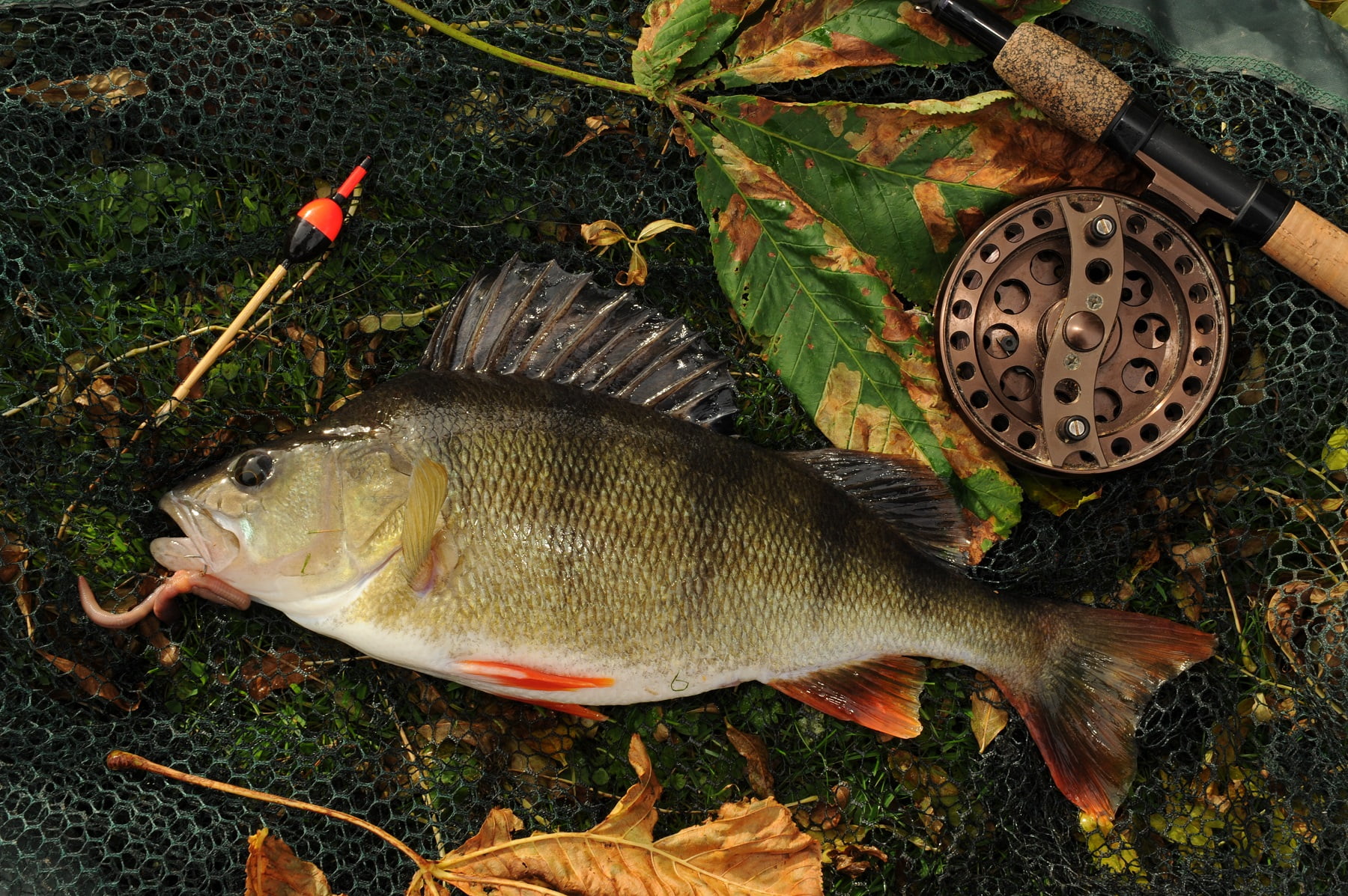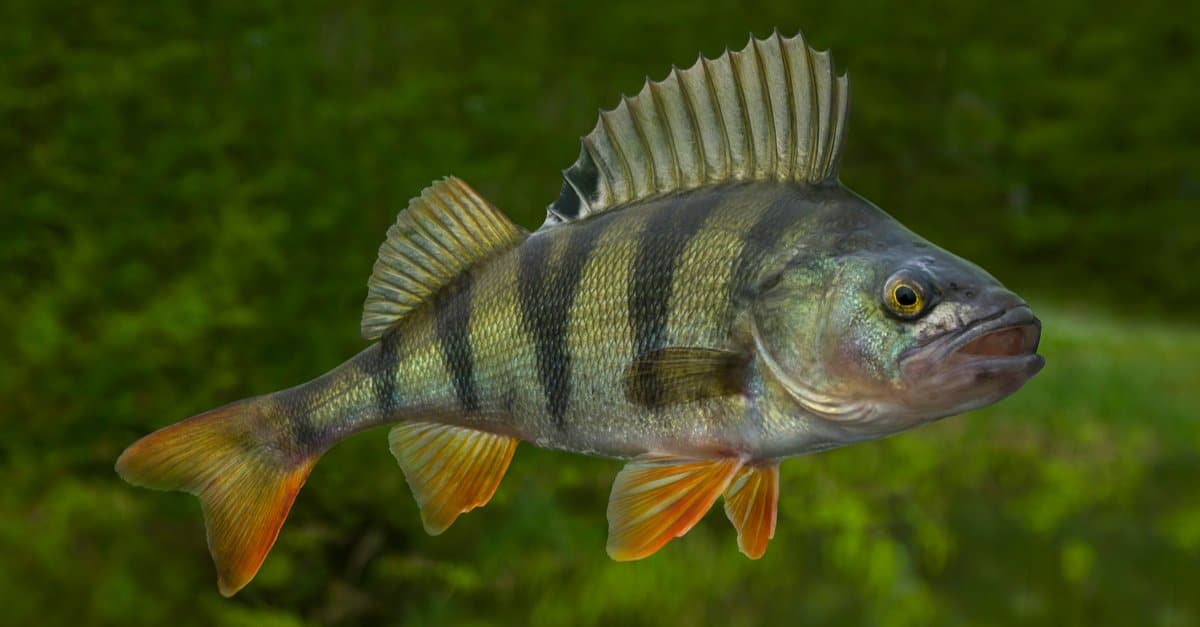Biological Characteristics of Perch

Perch definition – Perch, belonging to the family Percidae, are a diverse group of freshwater fish known for their distinctive physical features and ecological importance. They exhibit a wide range of characteristics, including varying sizes, shapes, colors, and unique adaptations that enable them to thrive in diverse aquatic environments.
Perch, a type of fish found in both freshwater and saltwater habitats, is known for its distinct appearance and culinary versatility. In the realm of sports, the term “floater” holds significance in the world of basketball. Basketball terms floater refers to a type of shot that combines the finesse of a jump shot with the agility of a layup, making it an effective weapon in the arsenal of skilled players.
Returning to the topic of perch, these fish are often sought after by anglers for their delicate flavor and firm texture.
Physical Appearance
Perch are typically characterized by their elongated, laterally compressed bodies, which provide them with agility and maneuverability in water. Their sizes vary depending on the species, with some reaching lengths of up to 2 feet, while others remain relatively small. The most common color patterns among perch include shades of green, brown, and silver, often adorned with dark vertical bands or spots that serve as camouflage in their natural habitats.
In the realm of aquatic wonders, the perch, a fish of modest stature, defines the beauty of subtlety. Its elegant fins and iridescent scales dance beneath the water’s surface, mirroring the grace of a basketball floater , soaring effortlessly through the air.
Just as the perch glides through its watery domain, the basketball floater transcends the court, leaving defenders in its wake, and returning to the topic of perch definition, we find ourselves in awe of nature’s boundless creativity, where even the smallest of creatures can inspire the most extraordinary feats.
Species Diversity, Perch definition
The family Percidae encompasses numerous species of perch, each possessing distinct characteristics. The yellow perch (Perca flavescens) is a widely distributed species found in North America, known for its bright yellow coloration and black vertical bands. The Eurasian perch (Perca fluviatilis) is another common species, inhabiting waters across Europe and Asia, exhibiting a more silvery appearance with faint vertical stripes.
Habitat and Distribution
Perch are primarily found in freshwater habitats, including lakes, rivers, streams, and ponds. They prefer areas with clear water, ample vegetation, and moderate water flow. Their geographical distribution spans across North America, Europe, and Asia, with different species adapted to specific environmental conditions and water bodies.
Ecological Role of Perch: Perch Definition

Perch are crucial components of aquatic ecosystems, playing vital roles in the intricate web of life within water bodies. Their feeding habits, predator-prey relationships, and bioindicator significance collectively shape the ecological balance and health of their surroundings.
Feeding Habits and Prey Preferences
Perch are opportunistic predators, exhibiting a diverse diet that includes a wide range of aquatic organisms. They primarily feed on insects, insect larvae, crustaceans, and small fish. Perch have an ability to adapt their feeding strategies based on prey availability, making them adaptable and successful predators.
Predator-Prey Relationships
Perch are both predators and prey in aquatic ecosystems. As predators, they play a vital role in controlling populations of smaller fish, insects, and crustaceans. By consuming these organisms, perch help maintain a balanced ecosystem and prevent overpopulation of prey species.
Perch also serve as prey for larger fish, birds, and mammals. Their abundance and widespread distribution make them an important food source for these predators. The predator-prey relationships involving perch contribute to the stability and resilience of aquatic ecosystems.
Ecological Significance as a Bioindicator
Perch are sensitive to environmental changes, making them valuable bioindicators of water quality and ecosystem health. Their presence, abundance, and health can provide insights into the overall condition of their aquatic environment.
Factors such as pollution, habitat degradation, and changes in water temperature can affect perch populations. By monitoring perch populations and their health, scientists can gain valuable information about the ecological integrity of aquatic ecosystems and take appropriate measures to protect and conserve these vital environments.
Cultural and Economic Importance of Perch

Perch, a fish species renowned for its versatility and abundance, holds significant cultural and economic value across diverse societies. Its historical and cultural significance stems from its role as a dietary staple, a source of sustenance, and an object of recreational pursuit. The recreational value of perch fishing has fostered thriving local economies, while the commercial fishing industry for perch contributes substantially to global seafood markets.
Historical and Cultural Significance
Perch has been an integral part of human diets for centuries. Archaeological evidence suggests that perch was consumed by ancient civilizations in Europe and Asia. In many cultures, perch is considered a delicacy, prized for its delicate flavor and versatility in culinary preparations. Traditional recipes featuring perch can be found in various cuisines worldwide, reflecting the fish’s deep-rooted cultural significance.
Recreational Value and Local Economies
Perch fishing is a popular recreational activity enjoyed by anglers of all skill levels. The abundance of perch in many waterways makes it an accessible and rewarding pursuit. The economic impact of perch fishing is substantial, generating revenue for local businesses such as fishing charter services, bait and tackle shops, and tourism-related industries. In areas where perch fishing is particularly popular, it can serve as a vital economic driver, supporting jobs and boosting local economies.
Commercial Fishing Industry
Perch is a commercially valuable fish species, harvested in significant quantities from both freshwater and saltwater ecosystems. The commercial fishing industry for perch supplies a global market with fresh, frozen, and processed perch products. The economic contributions of the perch fishing industry include job creation, revenue generation, and support for coastal communities. Sustainable fishing practices are crucial to ensure the long-term viability of the perch fishing industry and the preservation of perch populations for future generations.
Perch, a freshwater fish of the genus Perca, are known for their spiny dorsal fins and distinctive vertical stripes. While perch are typically smaller in size, their larger cousin, the pike , boasts an elongated, torpedo-shaped body and a voracious appetite for other fish.
Despite their differences, both perch and pike are valuable additions to freshwater ecosystems, providing sustenance and ecological balance.
A perch is a fish that lives in freshwater, and it is known for its delicate flavor. It is often used in cooking, and it can be prepared in a variety of ways. The floater definition basketball is a type of shot that is taken in basketball, and it is known for its ability to be difficult to block.
It is often used by players who are trying to score from a distance.
Perch, a spiny-finned fish, often inhabits the middle depths of lakes and rivers. Like a floater fish , it can stay suspended in water, relying on its swim bladder for buoyancy. This ability allows perch to ambush prey and avoid predators.
Its dorsal fin, with sharp spines, serves as a defensive mechanism. Perch’s silvery scales and greenish-brown coloration provide camouflage in its aquatic environment, aiding its survival in the underwater realm.